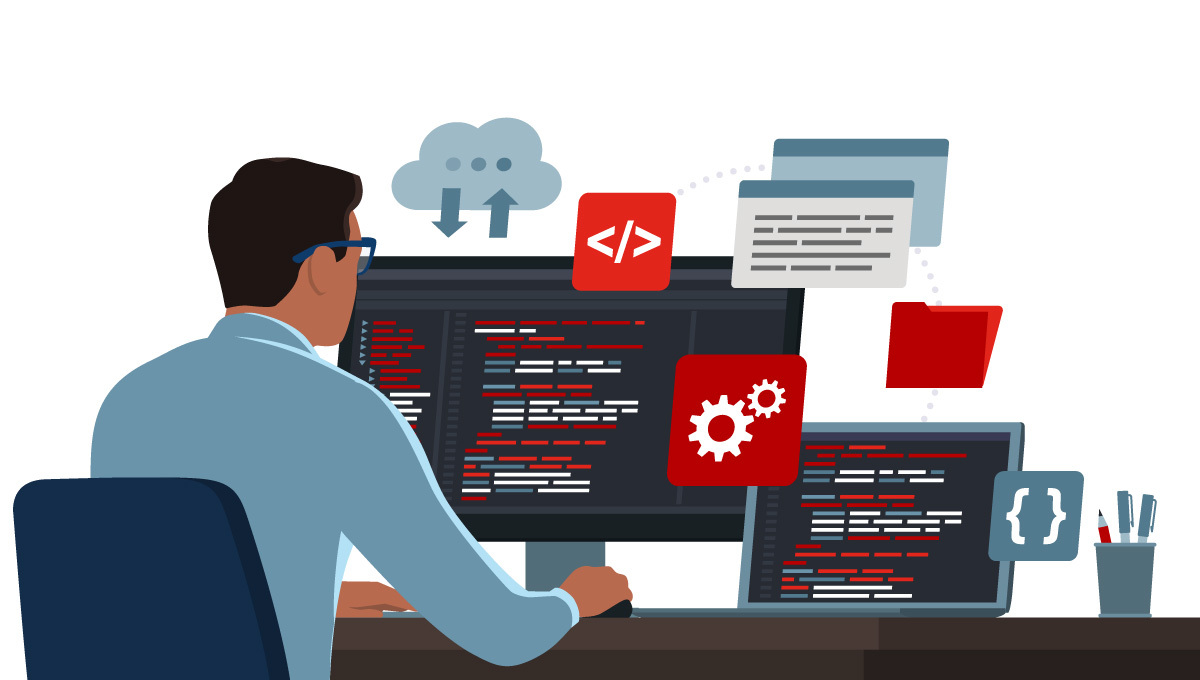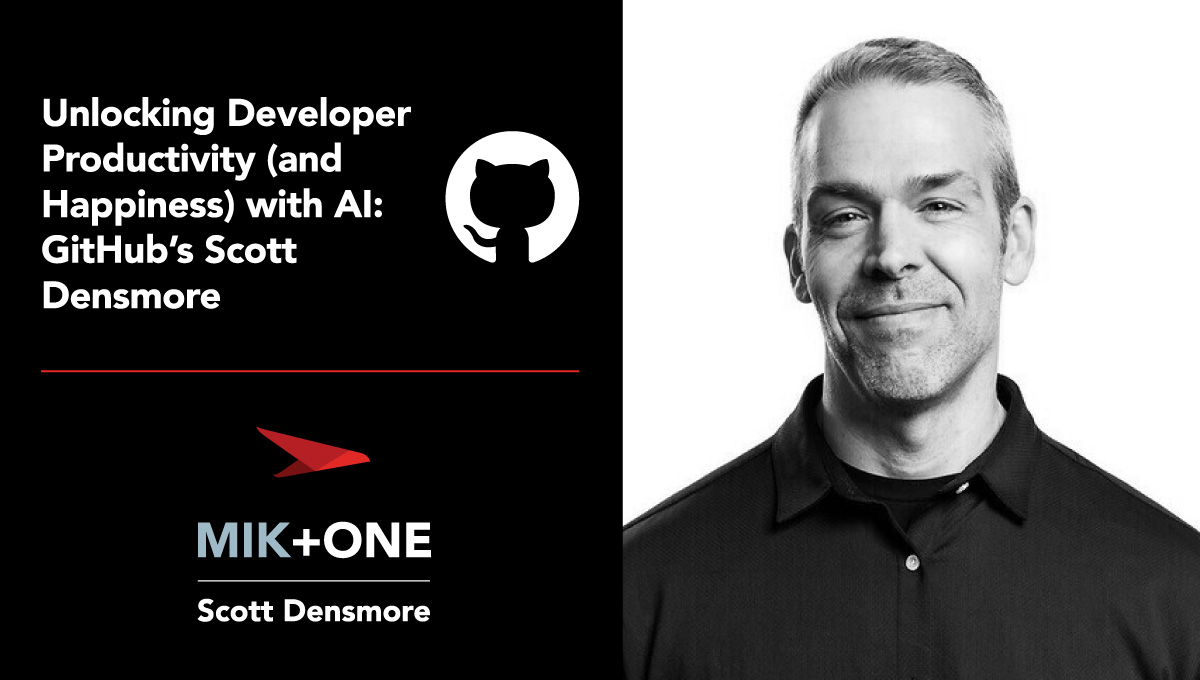
Traditional engineering metrics drive efficiency, not effectiveness
Engineering leaders are under increasing pressure to deliver more value, but many struggle to make impactful change. One reason for the difficulty is the lack of integrated, contextual data. Traditional engineering tools measure productivity and quality using metrics like cycle time, number of bugs fixed, release frequency, response time, and predictability. These metrics drive efficiency, which is important in its own right, but they do not necessarily drive effectiveness. In other words, they do not align engineering activities with business strategy.
Efficiency: Are we working well?
Effectiveness: Is our work valuable?
Engineering teams comprise a complex web of interdependent teams, tools, and processes. Often, the challenges that plague engineering teams originate in an upstream department. For example, if an engineering team’s velocity has slowed, it might be because an overzealous ideation team consistently commits to too much work.
Likewise, the actions of an engineering team have ripple effects downstream. Changes to processes and priorities within an engineering team may unexpectedly aggravate bottlenecks or dependencies elsewhere in the software delivery lifecycle.
Though engineering metrics are helpful, they do not fully reflect the interconnectedness of software delivery value streams. Without contextual insights, engineering leaders cannot accurately weigh the risks and benefits of their decisions.
Software Engineering Intelligence contextualizes problems to enable smarter decisions
Engineering leaders need a unified view of team performance, dependencies, and business impact to make effective decisions. They need to gather contextual information from outside the engineering teams and analyze it quickly. Most companies lack the tooling and integrations to satisfy these needs.
Software Engineering Intelligence (SEI) platforms fill the contextual gap. According to the 2024 Gartner® Market Guide for SEI platforms, they “provide…data-driven visibility into the engineering team’s use of time and resources, operational effectiveness, and progress on deliverables.” They collect data throughout the toolchain, neatly packaging it in digestible dashboards and predictive insights. These insights complement, rather than replace, traditional engineering metrics.
Software Engineering Intelligence use cases
SEI platforms should be consulted every time a business decision is made—in PI planning, sprint retrospectives, budget proposals, and interdepartmental synchronization meetings. Engineering leaders can use software engineering intelligence daily to spot problems and ensure teams adhere to business strategy. Here are three of the most essential use cases for an SEI platform:
- Simplify troubleshooting with AI-powered insights
When a team is underperforming, it can be challenging to locate the source of the problem. It is even more challenging to find a solution. Most engineering leaders find it necessary to sift through data in many tools when investigating a problem, which takes time leaders don’t have and can feel like a futile exercise in micromanagement.
SEI platforms drastically reduce the time it takes to locate and characterize problems. Rather than hypothesizing about problems and conducting haphazard research, engineering leaders can simply ask the SEI platform, “What should I be worried about today?” Using AI to analyze data from various engineering tools, the platform informs leaders of trends and potential capacity issues. This allows leaders to investigate problems proactively and course-correct before a crisis develops. As a result, customers experience fewer delays, and teams benefit from a calmer, more organized work environment.
- Connect engineering to business strategy
Engineering leaders need a birds-eye view that connects engineering activities to business strategy. This level of visibility is difficult to attain because engineering teams work in a heterogeneous mix of tools, which all gather and store data of different types and schemas. Furthermore, these tools are disconnected from the rest of the software delivery process, so the activities and needs of upstream and downstream teams remain obscure.
SEI platforms solve this disconnect by integrating tools and gathering data from the entire value stream, including all the DevOps used tools for planning, executing, testing, and deploying. This data is normalized, analyzed, and displayed in role-specific dashboards for every level of leadership. Engineering managers can view dashboards related to their specific team. This data then gets rolled into a higher-level dashboard for upper management and an even broader dashboard for executives. Because all dashboards use the same data as their single source of truth, leaders can easily zoom in for granular detail and zoom out for the big picture.
Universal visibility helps engineering leaders make decisions that align with business strategy. It also shows workers how their efforts impact business outcomes like revenue, cost, and customer happiness. This boosts engagement and incentivizes effective delivery.
- Manage capacity and prioritize high-value work
In Agile methodology, engineering leaders must constantly assess work-in-progress and be prepared to pivot quickly when circumstances or market conditions change unexpectedly. SEI platforms facilitate this process by revealing bottlenecks, dependencies, and risks. They provide a common language for engineering leaders and business stakeholders to discuss and resolve systemic problems. For example, engineering leaders can leverage product health data to argue for greater investment in technical debt. Or, they can use capacity insights to demonstrate that their team is overloaded.
Every decision involves trade-offs, but they are not always plain to see. To make decisions in a traditional, disconnected value stream, engineering leaders must either:
(a) undertake a lengthy impact analysis, or
(b) go with their gut feeling, which may be incorrect.
SEI platforms simplify and speed up the decision-making process. They make trade-offs visible and quantifiable, using AI to predict outcomes, anticipate challenges, and automate reports. With AI-powered insights, leaders can prioritize effectively and deliver more value to customers.
Conclusion
According to Gartner, by 2027, the use of software engineering intelligence platforms by software engineering organizations to increase developer productivity will rise to 50%, compared to 5% in 2024. This is no surprise, considering the game-changing power of AI and the importance of value-oriented software delivery. With a software engineering intelligence platform, engineering leaders can feel confident that their choices will maximize effectiveness and efficiency.
Read the Gartner Market Guide for Software Engineering Intelligence Platforms
Gartner, Market Guide for Software Engineering Intelligence Platforms, Frank O’Connor, Akis Sklavounakis, Manjunath Bhat, Peter Hyde, 13 March 2024.
GARTNER is a registered trademark and service mark of Gartner, Inc. and/or its affiliates in the U.S. and internationally and is used herein with permission. All rights reserved.
Gartner does not endorse any vendor, product or service depicted in its research publications, and does not advise technology users to select only those vendors with the highest ratings or other designation. Gartner research publications consist of the opinions of Gartner’s research organization and should not be construed as statements of fact. Gartner disclaims all warranties, expressed or implied, with respect to this research, including any warranties of merchantability or fitness for a particular purpose.




